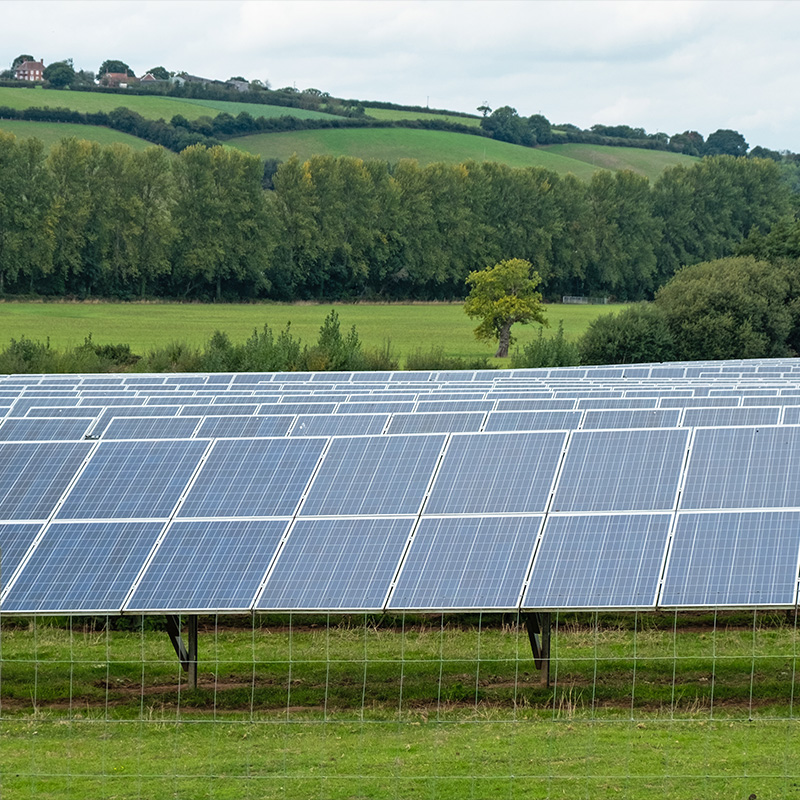
Four Key Trends for UK Solar in 2023
With hopefully warmer weather on the way, it’s time to give a thought to what kind of solar industry the sun will be shining on in the UK. In general the outlook for UK solar is positive, there are some longer term challenges around grid connectivity and skills shortages. This article will look at four key trends that are or will be impacting the sector this year.
Sunshine on Leith – Scotland starts to embrace Solar!
Power station closures in Fife and East Lothian have resulted in increased demand for solar PV in Scotland. Scotland long associated with a successful wind energy sector, is finally give solar technology its time in the sun. The Scottish solar industry has grown in popularity due to fast-evolving solar technology, reducing prices and rising demand for renewable energy. The Scottish government has also outlined its support for solar and renewable developments in its new planning system, National Planning Framework 4. Whilst highly promising, grid connectivity remains a crucial factor for scaling renewable generation capacity in Scotland, in particular reducing the regulatory burden on farmers trying to deploy solar projects.
The Energy Generator Levy is going to Create Some Instability
The cost of developing low-carbon generation projects in the UK has increased by up to 50%, according to a report by Energy UK, due to the introduction of the Electricity Generator Levy, inflation, and supply chain issues. Energy UK argues that inflation, interest rates, supply chain difficulties, increased competition, regulatory uncertainty, and lengthy delays to planning and grid connections have harmed the UK's low-carbon generation market. Energy UK’s chief executive Emma Pinchbeck warns that the UK risks losing its world-leading position in offshore wind as well as damage to other renewable technologies, which would lead to a shortfall of 54 GW of potential solar and wind capacity by 2030. It is estimated that the economy could miss out on £62 billion of investment between now and 2030.
Rooftop Solar is enjoying a Surge
According to data from the MCS (Microgeneration Certification Scheme), the UK installed more smaller-scale solar systems in 2022 than any year since 2015, more than twice the amount seen in 2021 and setting a post-subsidy record. A total of 130,596 solar photovoltaic systems with a generating capacity of up to 50 kW were mounted on UK rooftops last year. This trend is being driven by the energy price crisis and consumer demand for a more sustainable lifestyle. The growth comes despite the industry experiencing some challenges last year, including restricted availability of equipment, a growing skills shortage and some widely perceived issues with the Electricity Generator Levy. Capitalising on this trend British Gas has just announced the formation of a new business unit with solar and battery installations a core offering.
Solar is going to embrace AI
A great deal of interest will be held in the success of the partnership between the National Grid Electricity System Operator (ESO) and Open Climate Fix, a non-profit product lab. The partnership plans to develop AI models that provide near-term forecasts of sunny and cloudy conditions over the UK's solar panels. The improved accuracy of the forecasts can help address the challenge of sudden cloud cover, which can cause a significant dip in solar power generation, leading to grid operators asking fossil fuel plants to overproduce energy as backup. The AI models use satellite imagery, are trained on terabytes of data and have been shown to be three times better at predicting solar energy generation than ESO's traditional methods.
